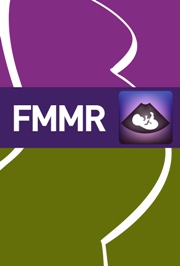Article contents
KIELLAND'S FORCEPS: PAST, PRESENT AND FUTURE
Published online by Cambridge University Press: 27 April 2012
Extract
Kielland's forceps have been in obstetric practice for over 80 years but their use causes a wide spectrum of reactions in obstetricians. Those that have been well tutored in their use argue that they are a very effective instrument to achieve vaginal delivery in the malpositioned fetus, avoiding the problems of full cervical dilation caesarean section, with low complications in their hands. These exponents of the instrument argue that the “art” of obstetrics is demonstrated in the use of Kielland's forceps. However, others claim that Kielland's forceps are dangerous with high complication rates and that they should be confined to the obstetric museum. This paper reviews the history of the instrument and its inventor, to consider evidence for its effectiveness and its safety, to briefly consider other methods for delivery of the malpositioned fetus at full cervical dilation and finally to complete the journey by considering the future with particular emphasis on training the new generation of obstetricians.
- Type
- Review Article
- Information
- Copyright
- Copyright © Cambridge University Press 2012
References
REFERENCES
- 2
- Cited by


